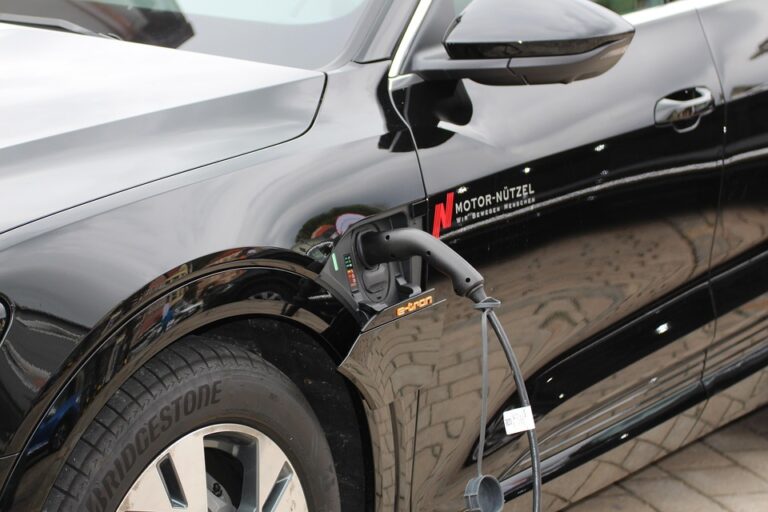Electric Charging Stations: A Critical Component in the Race to Net Zero Emissions
As the world grapples with climate change and the urgent need to transition towards greener energy solutions, electric vehicles (EVs) are at the forefront of this battle. Yet, one of the most significant challenges in this transition remains: the infrastructure needed to support EVs—specifically, electric charging stations. This article delves into the importance of these charging stations in the quest for net-zero emissions, discussing their types, the current landscape, challenges, and future prospects.
The Rush to Embrace Electric Vehicles
The automotive industry is undergoing an extraordinary transformation. With governments worldwide committing to carbon neutrality goals, the shift from internal combustion engines to electric vehicles is not just an option; it’s becoming a necessity. Major countries, including the UK and several European states, aim to ban the sale of new petrol and diesel cars within the next decade. This commitment requires vast improvements in EV production and, equally importantly, charging infrastructure.
Why Electric Charging Stations are Essential
-
Enabling EV Adoption: Without adequate and accessible charging infrastructure, consumers will hesitate to switch to electric vehicles. Many potential buyers fear running out of battery, commonly referred to as "range anxiety." Electric charging stations help mitigate this concern, offering peace of mind and reinforcing confidence in EV technology.
-
Supporting the Grid: Electric charging stations can also serve a dual purpose. As more renewable energy sources come online, these stations can draw power from solar or wind energy. This strategic integration not only supports the grid but ensures that EV charging contributes positively to emissions reductions.
- Economic Opportunities: The expansion of electric charging stations presents a significant economic opportunity. From job creation in construction and maintenance to potential revenue from charging fees, investments in charging infrastructure can yield considerable economic benefits.
Types of Electric Charging Stations
Understanding the various types of electric charging stations is crucial for addressing the needs of both consumers and businesses.
Level 1 Charging Stations
- Description: These utilize a standard 120V outlet, making them the most convenient but also the slowest option.
- Use Cases: Ideal for home charging and overnight use, Level 1 stations are best suited for plug-in hybrids and users with consistent access to power.
Level 2 Charging Stations
- Description: Operating at 240V, these chargers charge vehicles up to five times quicker than Level 1 stations.
- Use Cases: Commonly found in residential areas, public spaces, and workplaces, they provide a balance of convenience and speed, making them a popular choice among EV drivers.
DC Fast Charging Stations
- Description: These stations utilize direct current to charge EVs rapidly, often achieving 80% charge in 30 minutes.
- Use Cases: Typically located along highways for long-distance travel, DC fast charging stations are critical for road trippers and commercial electric fleets, allowing for quick turnaround times.
Ultra-Fast Charging Stations
- Description: Even more advanced than DC fast chargers, ultra-fast stations can deliver charges much quicker, suitable for the latest EV models.
- Use Cases: These are particularly beneficial for fleet operations and long-haul trucking, where time efficiency is crucial.
Current Landscape of Electric Charging Stations
As of now, the growth of electric charging stations has not kept pace with the surge in electric vehicle sales. In the U.S. alone, approximately 1.5 million electric vehicles are on the road, but there are only about 100,000 public charging stations available. This disparity highlights a significant gap that needs to be addressed to meet future demand.
Challenges in Infrastructure Development
-
Investment and Funding: Building a robust charging network requires substantial investment. Public-private partnerships, government incentives, and innovative financing solutions will be key to overcoming funding barriers.
-
Grid Capacity: As more EVs come online, charge demand will soar. Upgrading existing grid infrastructure will be vital to keep pace with this increasing load, requiring serious planning and investment.
- Location and Accessibility: Ensuring charging stations are strategically placed and highly accessible is crucial. Urban and rural areas alike need to be served to avoid creating charging deserts, which could deter potential EV users.
The Road Ahead: Future of Electric Charging Stations
Looking forward, the landscape for electric charging stations appears promising. Innovations like wireless charging and advancements in battery technology could transform both charging speed and convenience. Furthermore, integrating charging stations with renewable energy sources will aid in meeting global emissions targets.
Conclusion: An Indispensable Element of Sustainability
Electric charging stations are not merely a component of the electric vehicle ecosystem; they are a cornerstone of the global shift to net-zero emissions. As more consumers embrace electric vehicles, the infrastructure supporting them must also evolve rapidly. By acknowledging the challenges and seizing the opportunities presented by electric charging stations, we can pave the way for a cleaner, sustainable future.
Investing in charging infrastructure today is not just an economic decision; it is a commitment to a sustainable tomorrow. Stakeholders—from governments to private companies—must come together to build a robust network of electric charging stations, prioritizing accessibility and ease of use. Together, we can drive towards a greener future, one charging station at a time.


